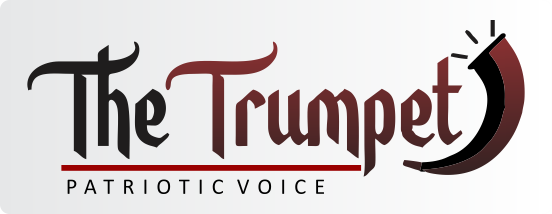If your content isn’t indexed, it doesn’t exist. No visibility, no clicks, no impact. Yet, thousands of websites suffer from indexing issues, leaving valuable pages stuck in limbo. Are you one of them? If so, you’re missing out on a massive opportunity to rank, gain traffic, and establish authority.
But don’t worry! You’re about to discover the ultimate guide to getting your content indexed—quickly and effectively. These nine powerful steps will ensure your pages get noticed by Google and Bing, skyrocketing your online presence!
1. Audit Your Content for Indexing Issues
Google and Bing don’t index everything. In fact, 9% of valuable deep content pages—articles, product listings, and videos—never get indexed! To fix this, start by submitting separate sitemaps for different content types in Google Search Console and Bing Webmaster Tools. Then, analyze what’s excluded and why.
Technical Errors – Robots.txt blocks, incorrect canonical tags, noindex directives, 404s, or 301 redirects. Remove these barriers immediately.
Low Content Quality – Ensure your content is unique, engaging, and rendered server-side.
Processing Issues – Pages labeled as “Discovered – currently not indexed” or “Crawled – currently not indexed” need extra attention and patience.
2. Submit a News Sitemap for Instant Article Indexing
Want Google to prioritize your articles? Submit a News sitemap! This ensures your latest posts (within the last 48 hours) are indexed at lightning speed—even if they’re not traditional news pieces.
3. Supercharge Product Indexing with Google Merchant Center
If you run an eCommerce site, don’t just wait for Google to find your products—push them! Submitting your full product catalog to Google Merchant Center increases indexing chances dramatically.
4. Use an RSS Feed to Get Crawled Faster
Google and Bing love fresh content. Make their job easier by submitting an RSS feed with your most recent updates. RSS feeds get crawled more often than traditional XML sitemaps, ensuring your new pages get discovered fast.
5. Leverage Indexing APIs for Rapid Discovery
Why wait for Google to find your content? Use IndexNow (unlimited) and the Google Indexing API (200 calls per day) to instantly alert search engines when new content is published.
6. Strengthen Internal Linking for Maximum Indexing Power
Googlebot follows links to find new pages. Stronger internal linking signals increase crawl priority. Make sure:
Related content blocks connect articles.
Pagination and breadcrumbs are well-structured.
Your homepage links to unindexed content (but only temporarily—remove links once indexed!).
7. Block Non-SEO Relevant Pages to Improve Crawl Budget
Crawlers waste time on useless pages like faceted navigation, tracking parameters, and search results. Block these in robots.txt and apply rel=nofollow to internal links pointing to them.
8. Use 304 Responses to Focus Crawlers on New Content
Most crawling refreshes already indexed content. Instead, return a 304 Not Modified status for unchanged pages. This tells Google and Bing to prioritize new discoveries instead!
9. Manually Request Indexing for Stubborn Pages
If a page refuses to get indexed, use Google Search Console’s manual request tool. You get 10 submissions per day, so use them wisely! Bing? Stick to the IndexNow API—it’s more effective.
Final Thoughts: Make Your Content Unstoppable!
If Google and Bing don’t index your content, you’re invisible. Don’t let valuable pages sit in the dark. Follow these nine expert-backed steps to force search engines to take notice! The sooner your content is indexed, the sooner you’ll start ranking, gaining traffic, and boosting authority.






